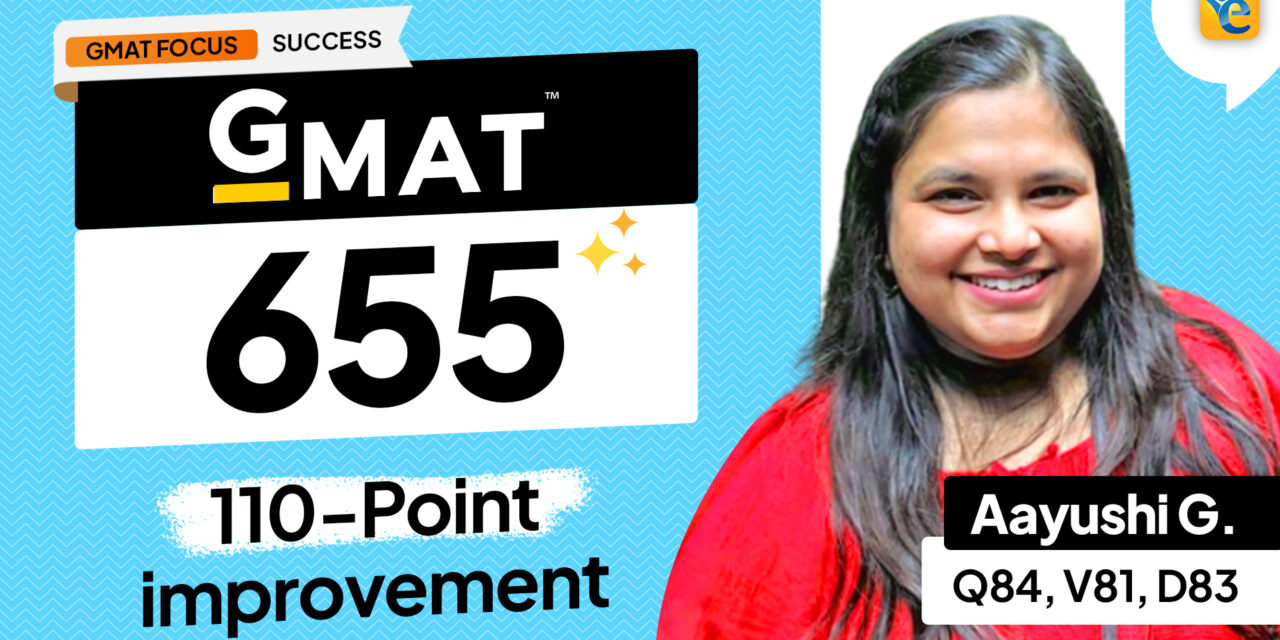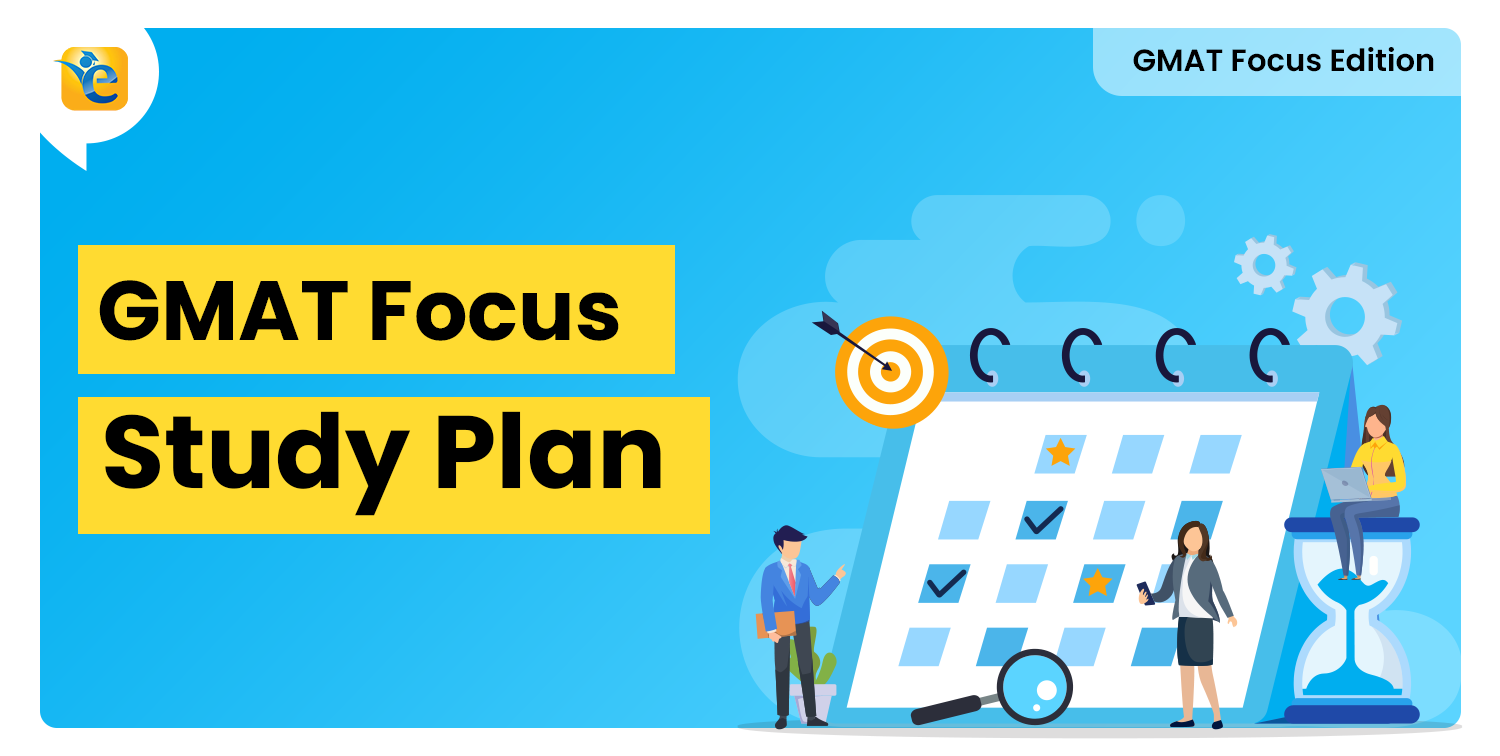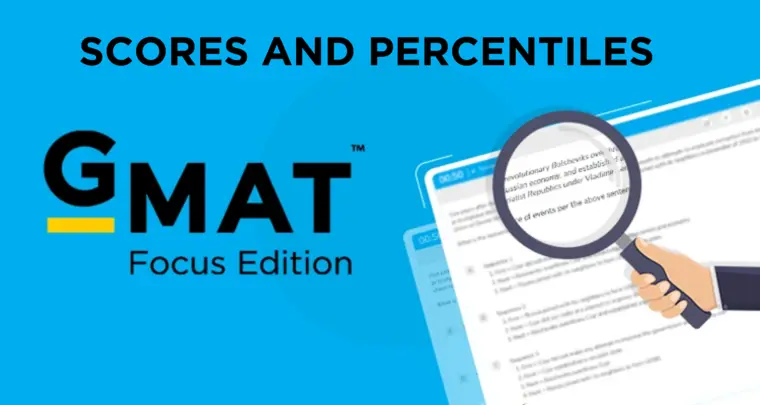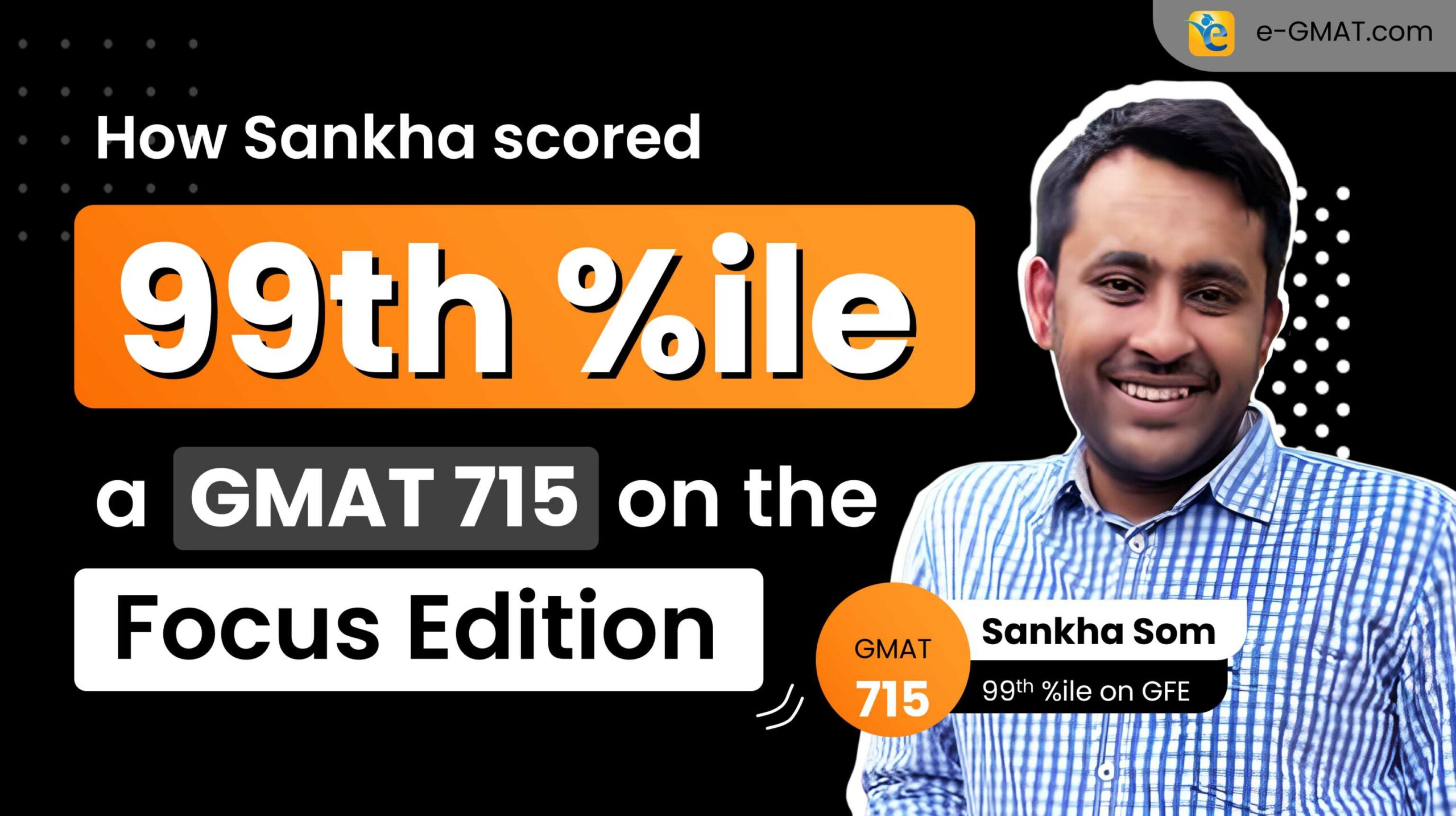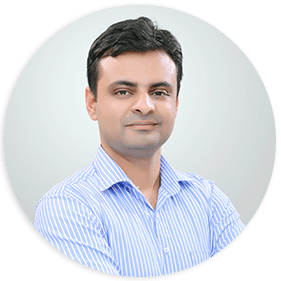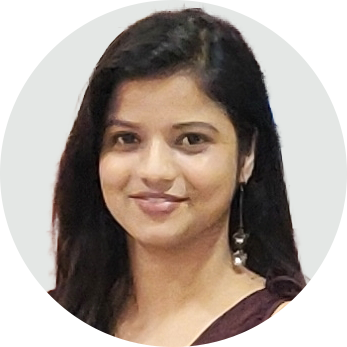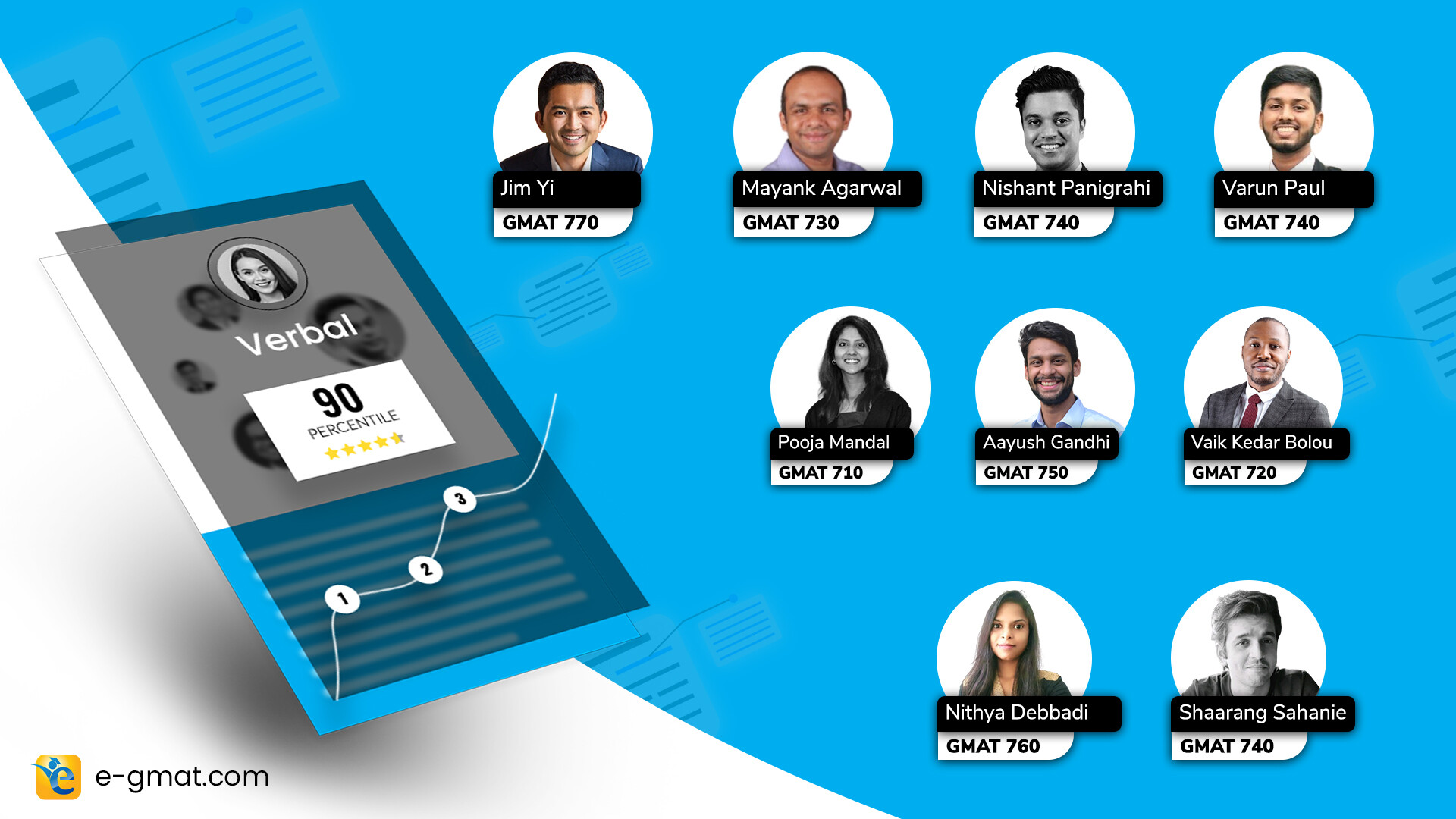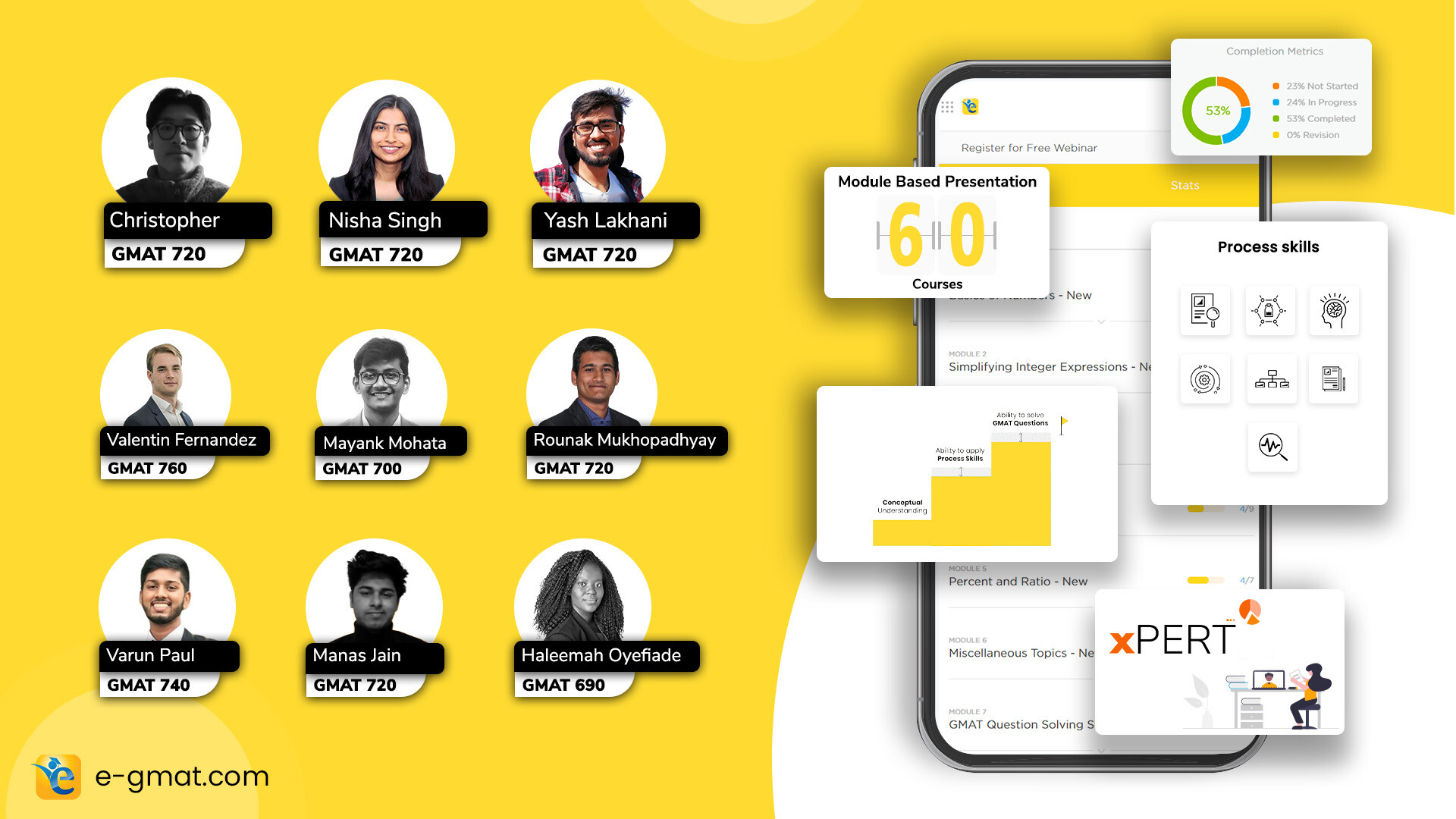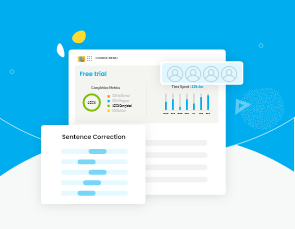Like most GMAT aspirants, Aayushi, a civil engineer turned project management consultant, didn’t just meet this benchmark – she nearly doubled it, securing a remarkable 110-point improvement.
For most GMAT aspirants, achieving a 100-point improvement is a daunting challenge. But Aayushi not only achieved a 110 point improvement, but also made the transformative journey from GMAT Classic to GMAT Focus, turning her biggest challenge – the newly introduced Data Insights section – into her strongest performance at the 96th percentile.

- The Starting Point
- The Strategic Evolution
- Time Management Mastery
- Question-Type Specific Approaches
- Breaking Down the Engineer’s Paradox
- Time-Saving Through Technology
- Reading Comprehension: The Power of Patience
- Critical Reasoning: Strategic Precision
- Mock Test Strategy: The Feedback Loop
- The Two-Day Improvement Cycle
The Starting Point
“I remember telling my mentor that DI is the one I’m really scared of,” Aayushi recalls, her voice reflecting the apprehension many test-takers felt when facing GMAT Focus Edition’s new section. With five years of experience at L&T and a background in civil engineering, Aayushi had expected quantitative sections to be her strength. Her initial score of 540, however, told a different story – one that would require a complete transformation in approach.
TRANSFORMATION AT A GLANCE
- Initial Score: 545 (Translated from GMAT Classic )
- Final Score: 655 (Q84, V81, D83)
While her engineering background provided a solid foundation, Aayushi quickly realized that traditional problem-solving approaches wouldn’t be enough for GMAT Focus success. “When I started preparing through e-GMAT, I discovered that Data Insights was completely different from what I had imagined,” she explains. “It wasn’t just about analyzing data – it required a completely new mindset.”
Her story isn’t just about score improvement – it’s a blueprint for adapting to new challenges, leveraging data to drive improvement, and transforming perceived weaknesses into strengths.
In the sections that follow, we’ll break down exactly how Aayushi engineered this remarkable turnaround, section by section, strategy by strategy. Her journey offers valuable insights for anyone facing the challenges of GMAT Focus Edition, particularly those grappling with the demands of the new Data Insights section.
Data Insights Mastery: From Greatest Fear to 96th Percentile
When Data Insights appeared as a new section in GMAT Focus Edition, many test-takers viewed it as an unwelcome addition to an already challenging exam. For Aayushi, this section initially triggered particular anxiety. “I thought it would be somewhat comparable to Integrated Reasoning,” she explains, “but it was completely different. I needed to put in effort equivalent to, or even more than, Quant and Verbal because while I was familiar with those sections, Data Insights was entirely new territory.”
The Strategic Evolution
The transformation from apprehension to mastery began with a fundamental shift in approach. Rather than treating Data Insights as a mathematical challenge, Aayushi developed a pattern-based methodology that would eventually lead to her outstanding 96th percentile performance.
See how Aayushi Mastered DI:
DI TRANSFORMATION MILESTONES

“The biggest breakthrough came when I realized I was solving questions I didn’t need to solve,” Aayushi reflects. Her mentor’s guidance led to a crucial insight: success in Data Insights wasn’t about calculating every detail. Her new approach centered on three key principles:
- Strategic observation of graphs and tables before diving into calculations
- Identifying question patterns that could be solved through visual analysis
- Targeted time allocation for different question types
Time Management Mastery
Aayushi developed a systematic approach to time management that proved crucial to her success. “I divided the section into 15-minute blocks, targeting 7-8 questions per block,” she explains. This structured approach eliminated the panic that often accompanies time pressure.
STRATEGIC TIME ALLOCATION
- First 15 minutes: 7-8 questions
- Second 15 minutes: 7-8 questions
- Final 15 minutes: Remaining questions + review
- Result: 4 minutes buffer for final review
Question-Type Specific Approaches
Multi-Source Reasoning Strategy
One of the most challenging aspects of Data Insights is handling multi-source reasoning questions. Aayushi’s approach here was particularly innovative:
“I learned that not all information in multi-source reasoning is useful for solving questions. The key is to take a targeted approach, identifying only the relevant data points needed for each specific question.”
After internalising the approach, Aayushi saw a drastic improvement from 50% to 82% in accuracy for MSR questions, while maintaining an efficient less than 2 minutes timing to answer them correctly.

Graph Interpretation and Table Analysis (GITA)
Aayushi developed specific strategies for different question types:
“In GITA questions, small words make a huge difference. For example, understanding the difference between ‘will happen’ versus ‘may happen’ became crucial. The e-GMAT solutions helped me identify these subtle but critical distinctions.”
Two-Part Analysis (TPA)
“TPA was entirely new, unlike anything from engineering or previous studies. The key was reading every single word in the question carefully and approaching it systematically.”
Despite the unfamiliarity of the question types – Aayushi focussed her energy on internalising the processes, improving to excellent hard accuracies, and ensuring that she internalised the right approach. In the image below, we can see how this focused internalisation led to an 88% accuracy.
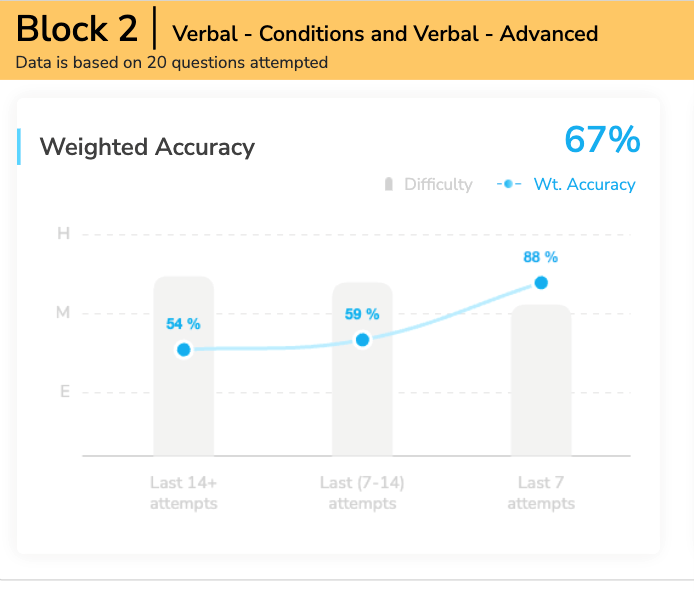
Perhaps most remarkably, by the time of her final attempt, Aayushi had not only conquered her fear of Data Insights but had transformed it into her strongest section. “Having those extra four minutes at the end to review my work gave me tremendous confidence,” she notes. “It showed how far I’d come from those early days of running out of time.”
Her journey from fearing Data Insights to mastering it offers a powerful lesson: with the right strategy and systematic practice, even the most challenging new elements can become opportunities for excellence.
Quant Excellence: Engineering a New Approach
For many engineers preparing for the GMAT, there’s often an assumption that their background automatically translates to success in the Quantitative section. Aayushi’s journey from Q77 to Q84 demonstrates a crucial lesson: even with a strong technical foundation, success requires a strategic and humble approach to preparation.
Breaking Down the Engineer’s Paradox
“Being an engineer, I was good with speed, but accuracy was my challenge,” Aayushi reveals. This insight led to a fundamental shift in her preparation strategy. Rather than relying on quick calculations and familiar methods, she developed a more methodical approach focused on precision.
QUANT TRANSFORMATION
- Initial Score: Q77
- Final Score: Q84
- Key Challenge: Accuracy over Speed
- Critical Areas: Number Properties, Algebra (Inequalities)
Aayushi’s approach to improving her Quant performance was methodically engineered around four core principles:
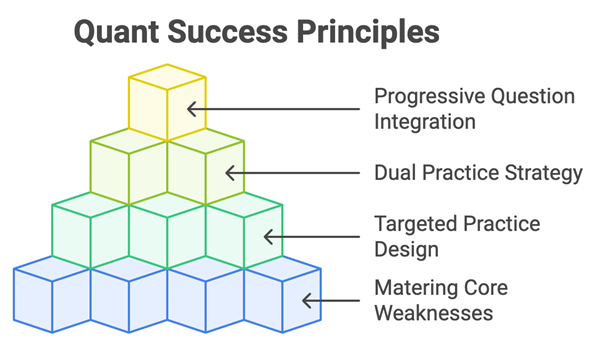
Mastering Core Weaknesses
Number Properties emerged as a critical area for improvement. The transformation here was remarkable:
“For my weak areas – Number Properties and Inequalities – I would return to the concept modules, practice focused quizzes, and then validate my improvement through Scholaranium,” Aayushi explains.
As we can see in the below snapshot from Aayushi’s Scholaranium, this cyclic approach helped her achieve 70% hard accuracy on Number Properties questions.
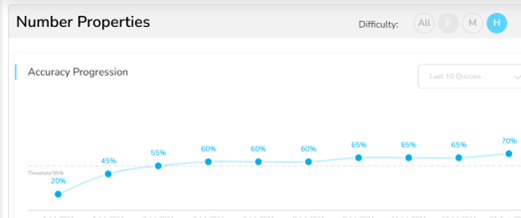
Principle 2: Targeted Practice Design
Rather than practicing randomly, she leveraged Scholaranium’s topic-specific features: “I practised hard and medium level questions extensively, using the sub-topic segregation in Scholaranium. Even within Number Properties, I could practice each concept separately.”
Principle 3: Dual-Mode Practice Strategy
Her practice methodology was particularly innovative: “I alternated between two modes of practice:
- Practice Mode: For concept clarity and immediate feedback
- Quiz Mode: For test-like conditions and performance assessment”
PRACTICE METHODOLOGY
- 21-question sets in Practice Mode
- Follow-up with 21-question Quiz Mode
- Focus on medium and hard questions
- Immediate solution review in Practice Mode
Watch How Aayushi strategized her Quant practice:
Principle 4: Progressive Question Integration
As her preparation advanced, Aayushi systematically integrated different topics and difficulty levels:
“I used to practice 21-question custom quizzes with a mix of all questions, but only at medium and hard levels. This helped me prepare for how questions would actually appear on exam day, where you don’t get topics in isolation.”
Time-Saving Through Technology
The PACE feature proved instrumental in optimizing her preparation time: “The PACE engine helped me skip basic concepts I already knew well, allowing me to focus more time on advanced topics and weak areas.”
Key Time Savings:
- 10.5 hours saved in Algebra (as seen in the image below)
- Approximately 40 hours saved overall
More focused time for challenging topics
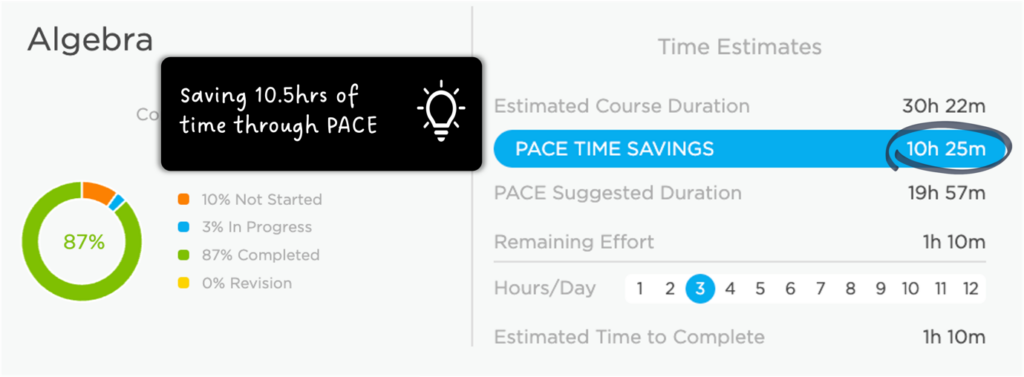
Her journey in the Quant section demonstrates that success comes not from relying on existing knowledge, but from building a structured, strategic approach to improvement.
Verbal Excellence: Building Precision Through Process
While many test-takers struggle to see meaningful improvements in Verbal, Aayushi’s progression from V78 to V81 came from developing specific strategies for each question type while maintaining unwavering attention to detail.
Reading Comprehension: The Power of Patience
Aayushi’s approach to Reading Comprehension challenged conventional wisdom about speed versus comprehension. “I followed my mentor’s advice to spend two minutes more on the reading process,” she explains. “Even if I had to return to the first paragraph, I would do so. This extra time invested in understanding the passage made the questions much easier.”
As we can see in the below image, by following this advice, Aayushi steadily improved from 20% accuracy on hard questions to 70% hard accuracy.
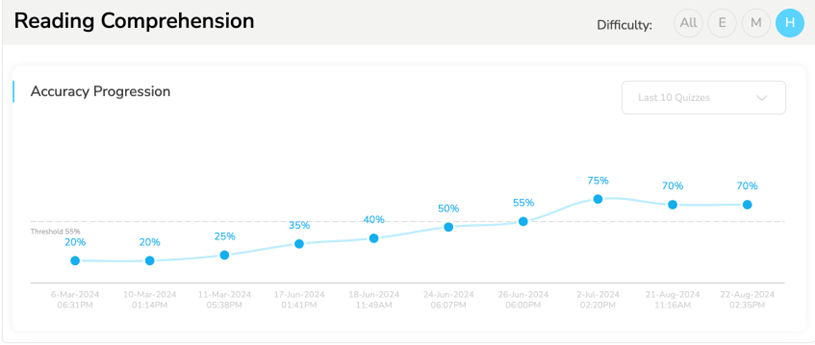
This methodical approach paid dividends in two ways:
- Better passage comprehension led to more confident question-answering
- Initial time investment reduced overall time spent revisiting the passage
Watch Aayushi explain steps to ace the RC section:
Critical Reasoning: Strategic Precision
Through careful error analysis, Aayushi identified assumption questions as her key area for improvement in Critical Reasoning. “Each word impacts the whole passage in CR,” she notes. “For example, understanding the difference between drawing a conclusion and drawing an inference became crucial.”
Her CR strategy centered on three key elements:
- Word-by-word analysis of both passage and question
- Strong elimination approach reducing options to two choices
- Careful distinction between question types
By the final exam, Aayushi’s systematic approach allowed her to complete the Verbal section with remarkable efficiency: “I finished 23 questions in 40 minutes, leaving 5 minutes for review.” This extra time proved valuable, allowing her to revisit and correct one answer during the review period.
Her journey in Verbal demonstrates that improvement comes not from applying general strategies, but from developing and refining specific approaches for each question type while maintaining unwavering attention to detail. This methodical approach, combined with strategic time management, enabled her to achieve a strong V81 score.
Strategic Integration: Building a Comprehensive Preparation System
Success on the GMAT Focus Edition demanded more than just mastery of individual sections. Aayushi’s journey to 655 was built on a foundation of systematic practice, strategic mock testing, and data-driven improvements.
Mock Test Strategy: The Feedback Loop
During the mock stage, it it wasn’t just about taking tests; it was about using them strategically. She implemented a systematic approach: mock tests every two days, with focused improvement work between attempts.
MOCK TEST FRAMEWORK
- Frequency: Every two days
- Peak Scores: 675-695
- Focus: Section-specific analysis
- Key Element: Targeted improvement between attempts
The Two-Day Improvement Cycle
The period between mocks wasn’t just about rest or general practice. Aayushi developed a precise system for these crucial intervals: “During those two days I used to do a lot of corrective action. For example, targeted improvement in case of Quant and DI. In verbal, I knew that assumption part was slightly weak for me.”
BETWEEN-MOCK STRATEGY
- Day 1: Detailed error analysis and concept review
- Day 2: Targeted practice on identified weaknesses
- Focus: Section-specific improvement plans
- Goal: Measurable improvement in next mock
What made Aayushi’s preparation particularly effective was her willingness to continuously adapt based on performance data. When mock tests revealed weaknesses, she immediately adjusted her practice focus. When certain strategies weren’t yielding results, she refined her approach based on detailed analysis of her performance.
Her success demonstrates that effective GMAT preparation isn’t just about putting in the hours – it’s about ensuring those hours are invested strategically, with constant refinement based on performance data and systematic implementation of improvements.
Conclusion
What made Aayushi’s approach particularly effective was the seamless integration of preparation and performance. Her success demonstrates that effective GMAT preparation isn’t just about putting in the hours – it’s about ensuring those hours are invested strategically, with constant refinement based on performance data and systematic implementation of improvements.
For future test-takers, her story offers a clear message: success comes not from hoping for the best or relying on existing knowledge, but from building a comprehensive preparation system and executing it with confidence. Whether facing the new Data Insights section or working to improve in traditional areas, the key lies in systematic practice, strategic time management, and unwavering attention to process.
Her journey serves as both inspiration and blueprint for future test-takers aiming to achieve their own transformative results on the GMAT Focus Edition.
Are you planning to pursue MBA at top business schools? Let us help you conquer the first step of the process i.e., taking the GMAT. Take a free mock test to understand your baseline score and start your GMAT prep with our free trial. We are the most reviewed online GMAT Prep company with 2000+ five star reviews on GMATClub.


